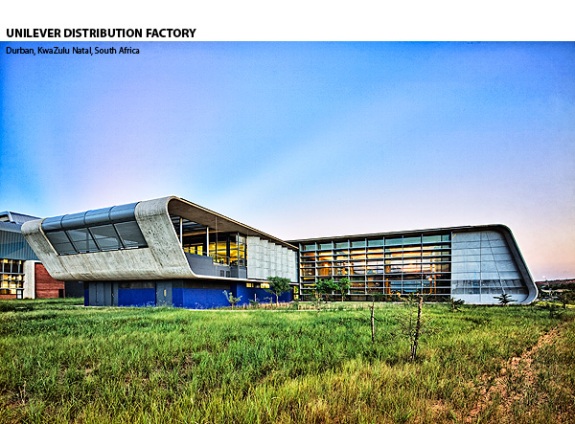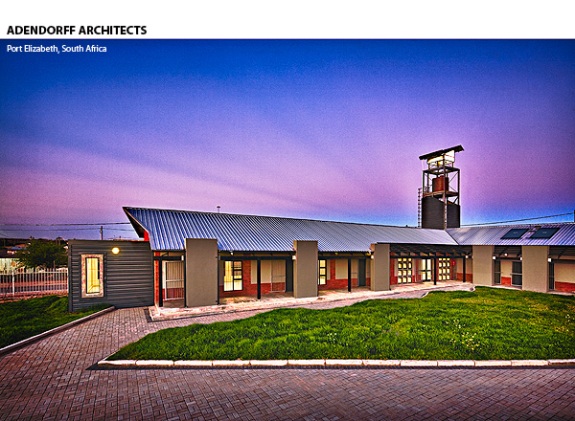It just goes to show that you CAN teach old dogs new tricks; seeing some work recently published by an old friend Nick Rains in Australia I learned for the first time about the atmospheric phenomenon known as Anti-Crepuscular Rays. It was like a light bulb going on in my head (as opposed to the usual voices) – I’d seen and photographed these in the past on projects I was shooting professionally but never knew what they were or how they were formed, as spectacular as they always are.
Anti-crepuscular rays are quite simply beams of sunlight that are being scattered about in the upper atmosphere because of airborne dust, high-level ice crystals, inorganic salts or small water droplets. If they radiate out directly from the direction of the sun (i.e. from behind clouds) then they are called Crepuscular Rays but if they occur on the opposite side of the sky directly away from the rising or setting sun then they are simply known as Anti-Crepuscular Rays.
When I post images like these it’s frequently not unusual for people to write in asking if they were ‘Photoshopped’ to make them look like this. I always explain that they most certainly weren’t, as I don’t quite have the skills or the patience to sit and try do that, although it’s a truth that shooting HDR certainly seems to accentuate the strength of the light show.
Although Anti-Crepuscular Rays appear to converge onto a point opposite the sun, the convergence is actually an optical illusion. The rays are in fact (almost) parallel and the apparent convergence at the anti-solar point occurs because of a simple phenomenon known as linear perspective (it’s like the use of vanishing points in architectural renderings).
Anti-Crepuscular Rays appear occasionally at sunrise and sunset (during the crepuscular / twilight hours) and are usually red or yellowish in colour. Anti-Crepuscular Rays are a lot rarer than Crepuscular Rays I am told so be sure to shoot them if you ever see any! Now you know!


Hey Dennis
Do you have to process the image any differently to achieve this view of these rays in the images ie. these image previously shot … did you go back and reprocess them to achieve these results?
Hi Grant, no these are pretty much straight out of camera, a little levels and curves adjustment and maybe some adjustments to localised luminosity levels but you can actually see the light rays on the day by eye. You don’t always get the rays at sunset, not sure why or what the atmospheric key is for them to form, so they’re certainly worth shooting when you do see them.